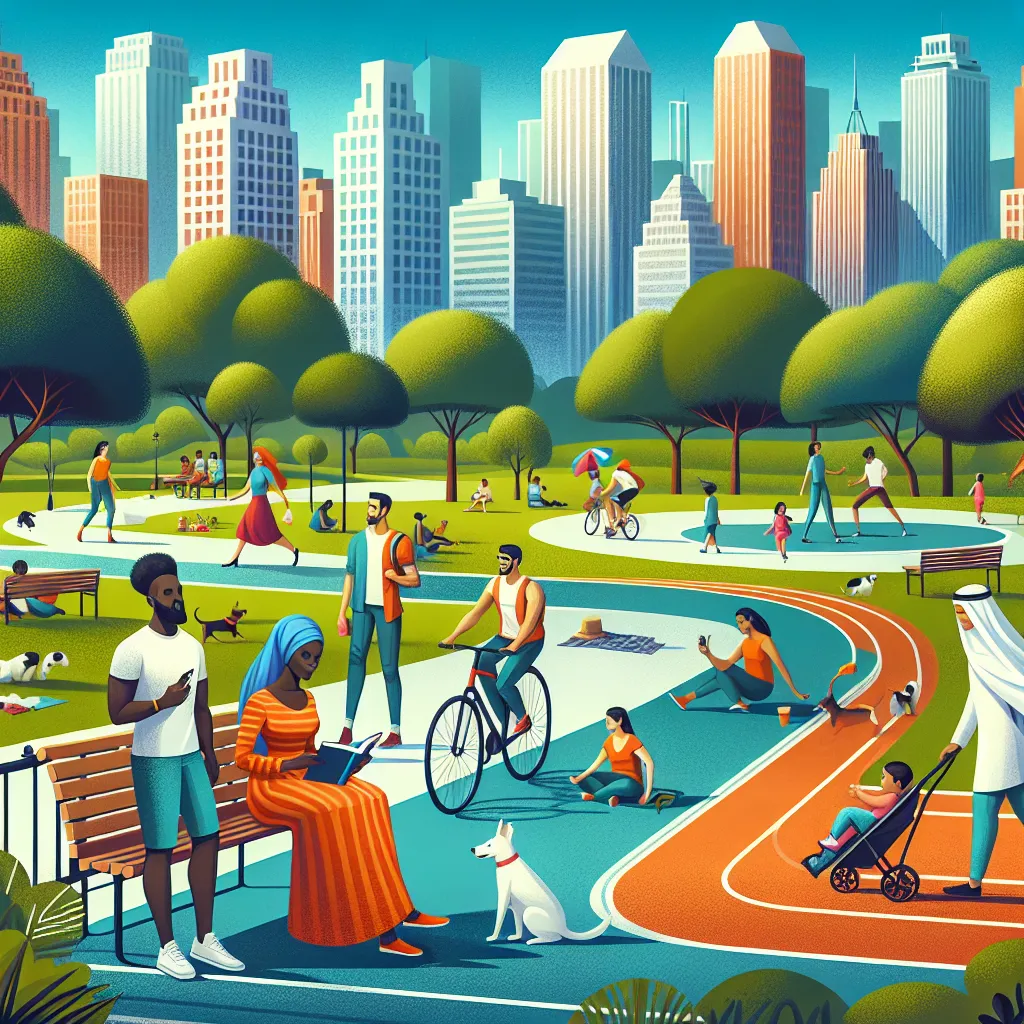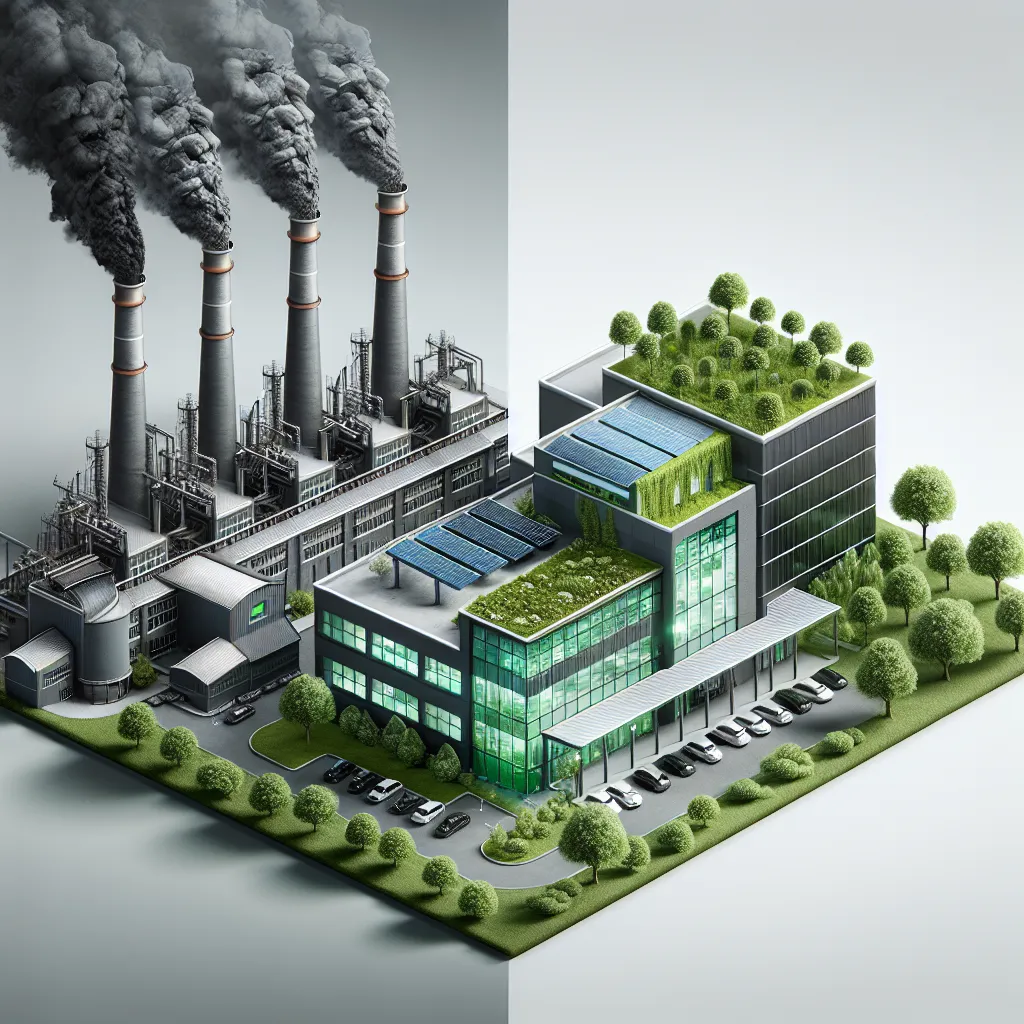Urban green spaces have become an increasingly important topic in IELTS Writing Task 2. This subject touches on various aspects of urban planning, environmental sustainability, and quality of life in cities. As an IELTS instructor, I’ve noticed a growing trend in questions related to the benefits of urban green spaces. Let’s explore this topic in depth and prepare you for potential exam questions.
Nội dung bài viết
 Urban Green Spaces Benefits
Urban Green Spaces Benefits
Analyzing the Topic
The concept of urban green spaces encompasses parks, gardens, and other natural areas within city environments. This topic is particularly relevant in IELTS as it connects to broader themes like urbanization, environmental conservation, and public health. Based on recent exam trends, we can expect questions that ask candidates to discuss the advantages of these spaces or to compare their benefits with other urban development priorities.
Sample IELTS Writing Task 2 Question
Let’s focus on a question that has a high probability of appearing in future IELTS exams:
Some people believe that creating more green spaces in cities is a waste of valuable land that could be used for housing or businesses. Others argue that urban green areas are essential for the well-being of city residents. Discuss both views and give your own opinion.
Analyzing the Question
This question requires you to:
- Discuss arguments for using urban land for housing and businesses
- Explain the importance of green spaces for city residents
- Provide your personal opinion on the issue
Remember to address all parts of the question and maintain a balanced approach while clearly stating your position.
Sample Essay
Here’s a model essay that addresses the question:
In recent years, the debate over the allocation of urban land has intensified, with some advocating for more housing and commercial development, while others champion the creation of green spaces. This essay will examine both perspectives and argue that a balanced approach, favoring green areas, is crucial for sustainable urban development.
Proponents of using urban land for housing and businesses argue that these developments are essential for economic growth and addressing housing shortages. They contend that cities need to maximize land use efficiency to accommodate growing populations and create job opportunities. For instance, constructing high-rise apartments and office buildings can provide homes and workplaces for thousands of people in a relatively small area. This approach, they claim, is necessary to prevent urban sprawl and reduce commuting distances.
On the other hand, advocates for urban green spaces emphasize their numerous benefits for city dwellers. Parks, gardens, and other natural areas serve as vital “lungs” for cities, improving air quality and reducing the urban heat island effect. These spaces also promote physical and mental well-being by providing areas for exercise, relaxation, and social interaction. Moreover, urban green spaces support biodiversity and help mitigate the impacts of climate change by absorbing carbon dioxide and reducing flood risks.
In my opinion, while the need for housing and economic development is undeniable, the importance of urban green spaces cannot be overstated. A city without adequate green areas risks becoming an inhospitable concrete jungle, detrimental to both human health and the environment. I believe that urban planners should prioritize the integration of green spaces into city designs, finding innovative ways to combine natural elements with built environments. For example, vertical gardens on buildings and rooftop parks can maximize land use while providing the benefits of green spaces.
In conclusion, the solution lies not in choosing between development and green spaces, but in finding a harmonious balance. By prioritizing the creation and preservation of urban green areas alongside thoughtful development, cities can ensure a higher quality of life for their residents while meeting the demands of urban growth. This approach will lead to more livable, sustainable, and resilient urban environments for future generations.
(Word count: 339)
Writing Tips for This Topic
When discussing urban green spaces in IELTS Writing Task 2, consider the following:
-
Use specific examples: Mention different types of green spaces (e.g., parks, community gardens, green corridors) to demonstrate your knowledge.
-
Incorporate relevant statistics: Include data on the benefits of green spaces, such as improved air quality or reduced stress levels, to support your arguments.
-
Discuss multiple perspectives: Consider environmental, social, economic, and health aspects of urban green spaces.
-
Use appropriate linking words: Employ phrases like “On the other hand,” “Moreover,” and “In conclusion” to improve coherence and cohesion.
-
Vary your sentence structures: Mix complex and simple sentences to enhance your writing style and maintain the examiner’s interest.
Key Vocabulary for Urban Green Spaces
Here are some essential terms to remember:
-
Urban sprawl (noun) /ˈɜːrbən sprɔːl/ – The uncontrolled expansion of urban areas into surrounding rural land.
-
Biodiversity (noun) /ˌbaɪəʊdaɪˈvɜːsəti/ – The variety of plant and animal life in a particular habitat.
-
Sustainable (adjective) /səˈsteɪnəbl/ – Able to be maintained at a certain rate or level without depleting natural resources.
-
Green infrastructure (noun) /ɡriːn ˈɪnfrəstrʌktʃə/ – A network of green spaces and other environmental features designed and managed to provide a wide range of ecosystem services.
-
Urban heat island (noun) /ˈɜːrbən hiːt ˈaɪlənd/ – A metropolitan area that is significantly warmer than its surrounding rural areas due to human activities.
-
Ecosystem services (noun) /ˈiːkəʊˌsɪstəm ˈsɜːvɪsɪz/ – The benefits people obtain from ecosystems, such as clean air, water, and recreation opportunities.
-
Green corridor (noun) /ɡriːn ˈkɒrɪdɔː/ – A strip of land in an urban or rural setting, maintained or managed to enhance environmental quality and provide recreational opportunities.
-
Carbon sequestration (noun) /ˈkɑːbən ˌsiːkwɪˈstreɪʃn/ – The process of capturing and storing atmospheric carbon dioxide to mitigate climate change.
Conclusion
Understanding the benefits of urban green spaces is crucial for success in IELTS Writing Task 2. This topic allows you to showcase your knowledge of urban planning, environmental issues, and public health. As you prepare for your exam, practice writing essays on related topics such as:
- The role of green spaces in promoting community cohesion
- Balancing economic development with environmental conservation in cities
- Innovative solutions for integrating nature into urban environments
Remember to stay informed about current urban development trends and environmental challenges to strengthen your arguments in the exam.
To further enhance your IELTS preparation, you might find these resources helpful:
- The Benefits of Urban Green Spaces
- How to Support Sustainable Urban Development
- The Importance of Green Spaces in Urban Areas
By mastering this topic and incorporating these strategies into your writing, you’ll be well-prepared to tackle any question about urban green spaces in your IELTS exam.


